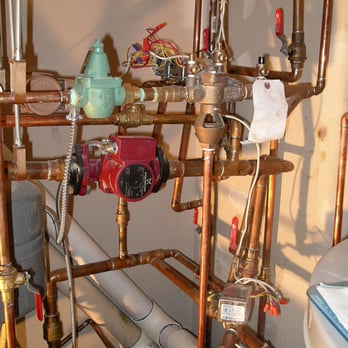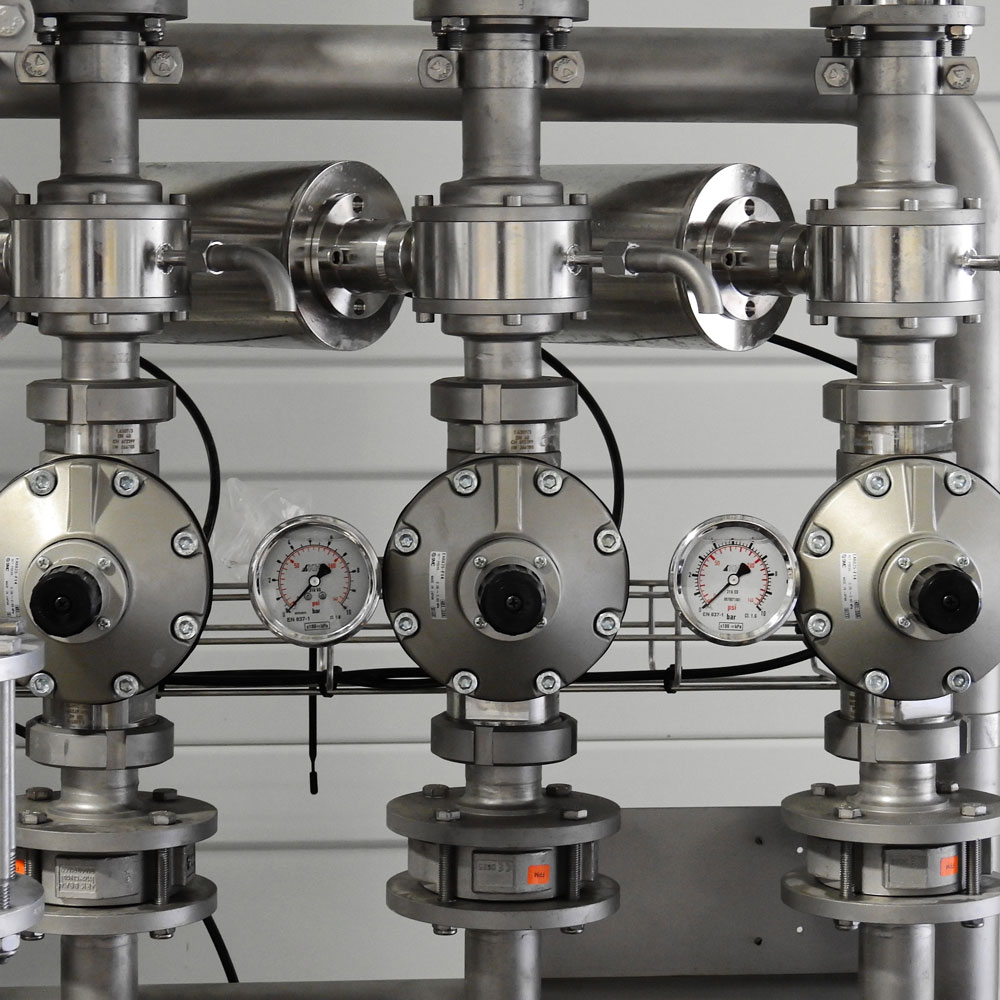Is It Necessary Examine My Water for Backflow
Is It Necessary Examine My Water for Backflow
Blog Article
The article author is making a few great points about Commercial Backflow Testing as a whole in this post in the next paragraphs.

Yes, you require to backflow test your house's water system to make sure that the water is without toxic substances and also damaging degrees of chemicals. Due to the equipment called for and space for mistake, you need to not try to perform backflow screening by yourself. We recommend that you call an expert plumber every number of years to test your water.
Backflow Can Effect Both You and also Your City
Because hazardous heartburn can affect the public water supply in enhancement to a single building, several cities establish backflow standards. Fortunately, modern cities have backflow gadgets in place that safeguard the water system that originates from most homes and also industrial homes. The genuine risk originates from irrigation systems, which can hurt the water supply with harmful plant foods, manure, as well as various other chemicals.
What Creates Heartburn?
A common root cause of heartburn is a loss of water stress that creates the water to siphon back right into the water. An example is clearing out a paint container using a hose pipe. You fill the paint bucket up with water, leaving the hose in the bucket. After time, there is a loss in water stress as well as the hose pipe begins to draw the water back right into the water system. As you can think of, there are now chemicals from the paint that are going into the supply of water, possibly presenting a risk. Unfortunately, many individuals are not also aware of backflow testing, yet there are several reasons that it's so vital.
Backflow Screening is Required by Legislation in Particular Cities
Depending upon where you live, you could in fact be required by legislation to backflow examination your regulation. Iowa City keeps a record of all buildings offered by the city's water supply. The city calls for that certain "high-hazard" facilities undergo backflow testing. In some cases, residential properties such as homes and also apartment are affected.
You Can Avoid Backflow
Dangerous backflow is quickly preventable if you have an expert plumber install a backflow device. If there is an active hazard, the plumber will certainly additionally evaluate for backflow and establish. The major function of a backflow gadget is to avoid water from moving in reverse into your water supply. Plumbers mount the tool on the pipes in your house to make certain that the water only moves in the right instructions.
What is Heartburn?
In short, backflow is when water moves upwards-- the contrary direction in the plumbing system. This is also referred to as "backpressure." When the water relocates this instructions, it can blend with hazardous toxic substances as well as pose a danger.
Call a Plumber to Test for Backflow Before It is Too Late
While it might sound grim, contaminated water can lead to horrible microbial and viral infections that are tough to deal with. A plumbing business can rapidly evaluate your home's water to establish if there are any type of harmful chemical levels. The tiny investment is if you can stay clear of the suffering that originates from drinking infected water. And also if you do uncover that your water has high levels of toxic substances, a plumber can quickly mount a backflow avoidance tool.
Yes, you need to backflow test your home's water supply to ensure that the water is free of toxins and also harmful degrees of chemicals. Many cities develop backflow standards because harmful heartburn can influence the public water supply in enhancement to a single building. A regular cause of backflow is a loss of water pressure that triggers the water to siphon back right into the water supply. After some time, there is a loss in water stress and also the tube begins to draw the water back into the water supply. The main purpose of a backflow tool is to avoid water from moving backwards into your water supply.
WHY DOES BACKFLOW TESTING NEED TO BE DONE EVERY YEAR
What Is Backflow?
Toxic gas backing up into a building is one example of potential backflow issues, but backflow can occur in many other ways.
Backflow is generally referred to as the reversal of a liquid or gas in a plumbing system.
Most issues for the public occur with backflow resulting in contaminated drinking water. If you look up backflow issues online you’ll probably find references to “potable” water. That means drinking water.
There have been backflow issues in the past with drinking water. Chemicals, sewage and other contaminants have found their way into drinking water causing health issues for those that count on the fresh water.
What Causes Backflow?
In a residence or commercial building water generally flows one way. This normal flow is usually driven by consistent pressure in the water and waste system.
Anything that changes the normal pressure in the system can lead to backflow.
Fire hydrant use or malfunction can reverse the normal pressure in the system on a city line, but backflow can occur in a number of different ways.
Sometimes backpressure might be caused by someone using a garden hose and submerging the end of the hose in a pool of liquid. If pressure is lost the flow could reverse and contaminants could be released into the drinking water.
Anytime there is a connection between contaminants and the drinking water there is potential for a backflow issue. Sometimes these connections are not immediately obvious like the garden hose connecting to a building’s drinking water supply.
Backflow Regulations
The Environmental Protection Agency (EPA) provides guidelines and regulations for state and local governments regarding backflow. State and local governments also have their own guidelines and regulations for backflow prevention.
Arizona has its own backflow regulations.
Due to issues with backflow in the past, regulations require backflow preventer devices to be used in nearly all residential and commercial buildings.
A backflow preventer is a device that prevents backflow as cross-connection points where potential backflow issues may occur.
While backflow is not a common occurrence, preventers are in place to make sure there is no contamination should something malfunction or go wrong with a building’s water supply.

Hopefully you enjoyed our excerpt on Commercial Backflow Testing. Thanks a lot for spending some time to read our blog. Do you know anybody else who is involved in the topic? Be sure promote it. Thank you so much for your time invested reading it.
Trusted, top-tier plumbing response. Report this page